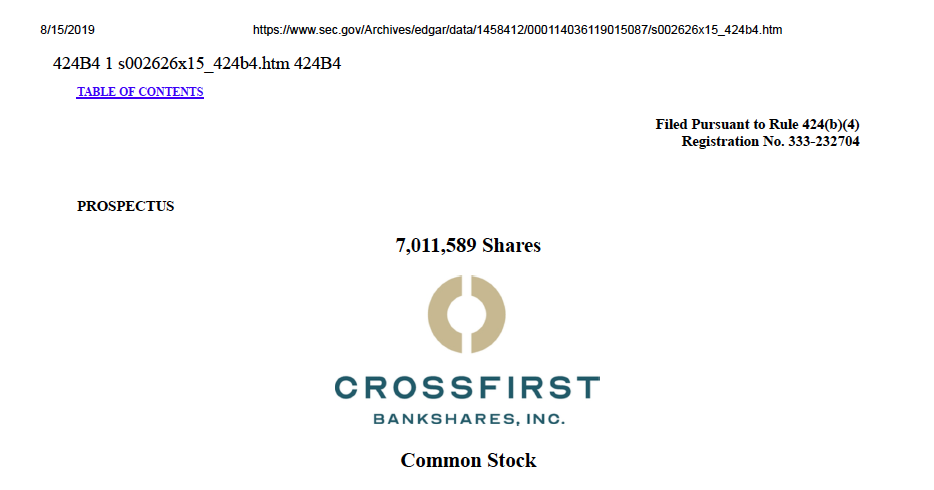Unlikely IPO Exits
Early stage companies making their “pitch” to prospective investors typically describe their anticipated “exit strategies.” That terminology references the hoped-for circumstances in which the investors will have an opportunity to cash out and obtain a return on their investment.
The most common exit strategies involve an acquisition by an industry leader or other strategic transaction (e.g. license agreement, joint venture, etc.), and frequently the targeted industry leaders can be identified. For example, if a company is developing a new knee replacement device, they might very well identify Stryker, a leading orthopedic device company, as a likely candidate for their exit strategy. The company also might begin making early strategic contacts with Stryker to develop a relationship that would facilitate exit transaction discussions when the circumstances were appropriate.
A frequently mentioned exit strategy is an initial public offering (IPO), by which the company issues its shares in a public offering, both to raise operating capital, and also to establish marketplace liquidity for its shares. Through an IPO, and in the public markets after an IPO, the company’s existing stockholders have an opportunity to sell their shares and obtain a return on their investment. Well-known IPOs include Facebook in 2012 and Twitter in 2013, and more recently Uber in May 2019.
However, in fact IPOs are a very rare occurrence, and early stage companies can expose their naiveté in relying too heavily on an IPO exit strategy. In 2018, the actual number of IPOs that reached the markets was less than 200. (By comparison, the SBA estimates about 627,000 new businesses open each year.) Moreover, executing an IPO transaction is a very complex and expensive undertaking.
The just-launched IPO by CrossFirst Bankshares, Inc. is a great example of a Kansas City-based company pursing an IPO exit strategy for its stockholders. According to its most recent filings, CrossFirst is selling 5,750,000 shares and certain of its stockholders are selling 1,261,589 shares, for a total offering of 7,011,589 shares, all priced to the public at $14.50 per share, to raise net proceeds of approximately $78.0 million for CrossFirst and $17.1 million for its selling stockholders. The shares have been approved for listing on the Nasdaq Global Select Market under the symbol “CFB.”
The details of the CrossFirst IPO can be seen in its final prospectus filed with the U.S. Securities and Exchange Commission on August 15, 2019. Click here to see that filing.
The details are indeed daunting and show what a massive undertaking an IPO can be. The prospectus is over 300 pages long, and the printed version is about three quarters of an inch thick. Deep into the details, the company discloses that it estimates the expenses of the offering to be approximately $1.5 million, not including the $6.6 million in fees paid to the underwriters (expressed as a 6.5% discount off the offering price to the public).
Krause Law LLC is pleased to be playing a role in the CrossFirst IPO, by representing a group of its selling stockholders. Our role includes representing these selling stockholders in reviewing and negotiating the various IPO agreements to which they are parties, assisting as they deliver their shares and other closing documents, and rendering a legal opinion on their behalf at the closing.

